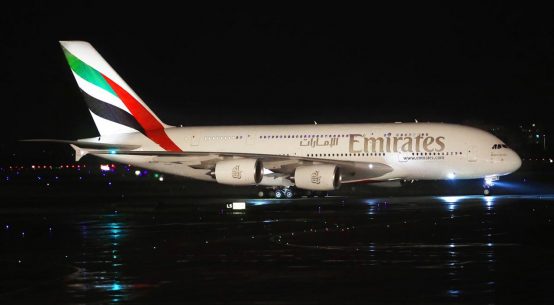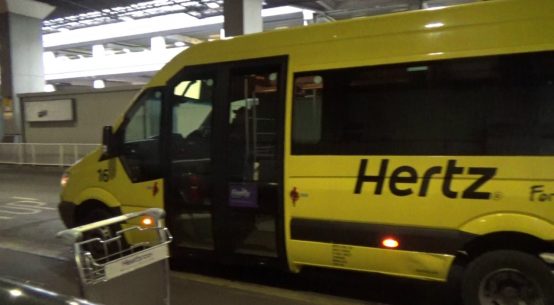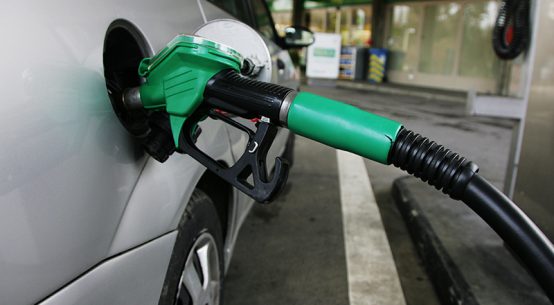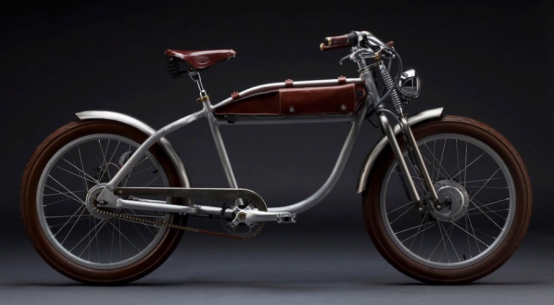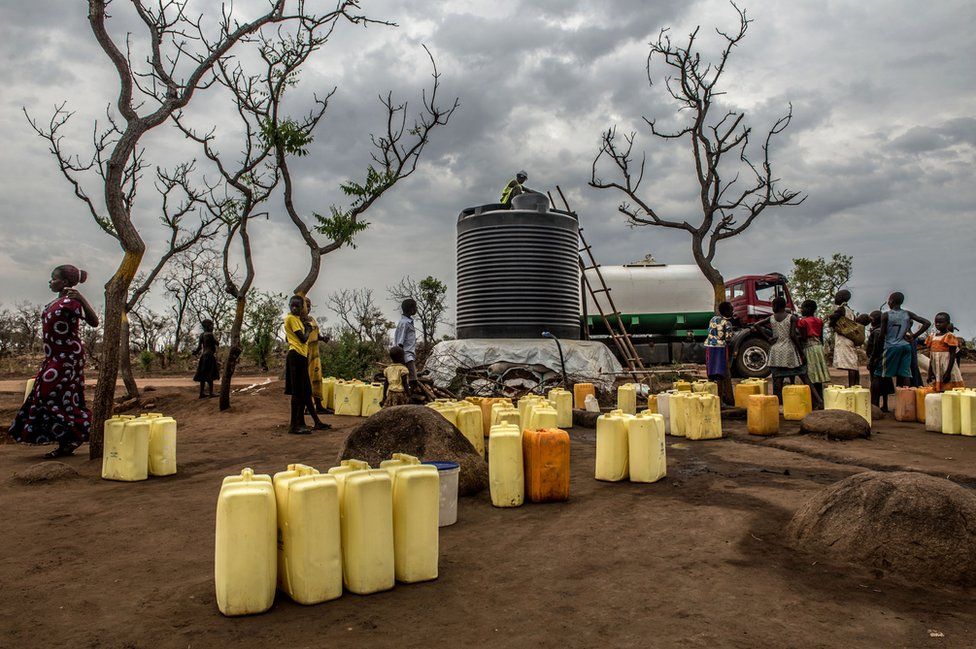
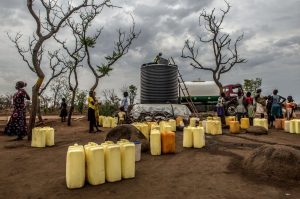
Hundreds of thousands of South Sudanese refugees have fled violence and hunger in their home country for the safety of camps in northern Uganda. More than 50,000 of them now live in Rhino camp, a sprawling expanse of huts and tents scattered across dusty scrubland near the town of Arua.
Life in the camp is tough, but everyone seems to agree that one of the main challenges is water. There are no boreholes, and the few streams that flow through the area are often completely dry. When they’re not, the water runs a deep chocolate brown.
In response to the shortage, the International Federation of the Red Cross has resorted to trucking in water from the River Nile, which must be tested, treated, and re-tested before being offloaded into a fleet of tankers. It is then driven through the bush to the camp, where it is deposited in hundreds of smaller tanks, which must be refilled twice or three times a day.
Using a system of pipes and pumps, water is drawn from the river into flotation tanks, where aluminum sulphate is added to remove the sediment. The plant, which started producing water earlier this month, now employs more than 40 local and international staff.
Noor Pwani, a member of IFRC’s staff, said: “This is the only way we’re going to stave off infectious diseases – a major concern given unsanitary conditions at crowded settlements and the coming rainy season when vector and water-borne diseases flourish.”
Volunteer Agaba Derrick’s job is to constantly monitor the river water, which varies in quality hour by hour. His findings dictate how much aluminum sulphate must be added. Chlorine is also added to kill off remaining bacteria.
When the water flows out the other side, it is crystal clear. The plant is scaling up to pump out a million litres of clean water each day. The recommended amount of water per person, per day, in the camps is between 15 and 20 litres, which is used for washing and cooking as well as drinking.
A fleet of around 30 tankers ferries the clean water to distribution points in the camp, which need to be refilled up to three times a day. In some areas roads had to be specially built to handle the volume of traffic.
Monica Achan, who spent two weeks walking through the bush to Uganda after her brother-in-law was killed by soldiers, takes a sip of Nile water in her new home in the camp.
“Life is hard here,” she said. “But with water, we will survive. Water is life.”
Culled from BBC



